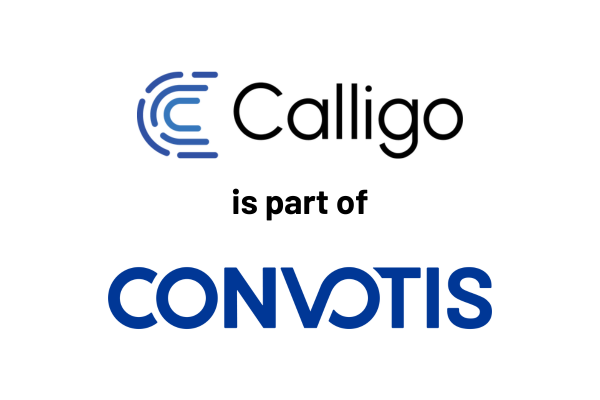The company is now CONVOTIS.
The Company is now CONVOTIS. Find out more >>
empower IT Growth and efficiency through digitalization.
empower IT.
Your partner for digital transformation.
With our three strategic business areas – Business IT, Platform IT and Managed IT – we are a strategic partner for our customers to drive growth and efficiency through digitalization.
With 1,000 employees across 23 locations in 9 countries, we support our customers with expert teams 24/7 in the areas of business applications, digital platform solutions and the operation of complete IT infrastructures.
Long-term customer relationships, collaborative partnerships and flexibility are key factors for CONVOTIS’ success. Growing together – both nationally and internationally.
Learn more about who we are and what drives us in the video opposite or continue reading here.









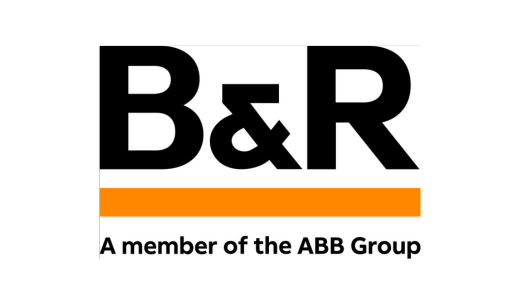


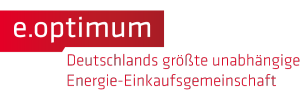
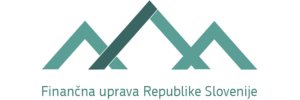




























Our 3 Business Areas.
End-to-end IT solutions for your digital future.
Our Service & Solutions Portfolio fits together like a puzzle, forming the perfect IT solution.
With our Business IT solutions, we optimize corporate business processes. To achieve this, we deploy state-of-the-art technologies from our strategic partners, such as P&I LOGA, DATEV or SAP.
For us, Managed IT means efficient and responsible management of our clients’ IT infrastructures as a service. We ensure the optimized operation of digital workplaces and provide comprehensive security solutions. This allows our clients to focus on their core business.
In the area of Platform IT, we provide platform solutions for different business processes and industries, including digital experience platforms. With our agile teams, we support complete IT transformation, focusing on Data & AI, as well as the digital empowerment of our customers.
We are here for you!
Would you like to talk with our experts?
Do you want to learn more about our services?
The CONVOTIS team is happy to answer all your questions!
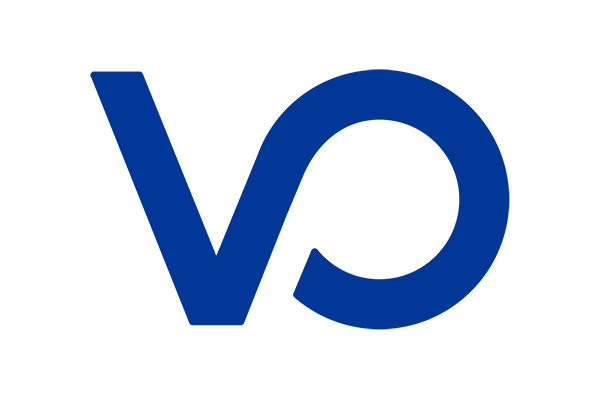
Sie können Ihre Einwilligung jederzeit mit Wirkung für die Zukunft widerrufen, indem Sie die Cookies löschen. Der Widerruf berührt nicht die Rechtmäßigkeit der bis zum Widerruf auf Basis der Einwilligung erfolgten Verarbeitung. Weitere Informationen: Datenschutzerklärung).










